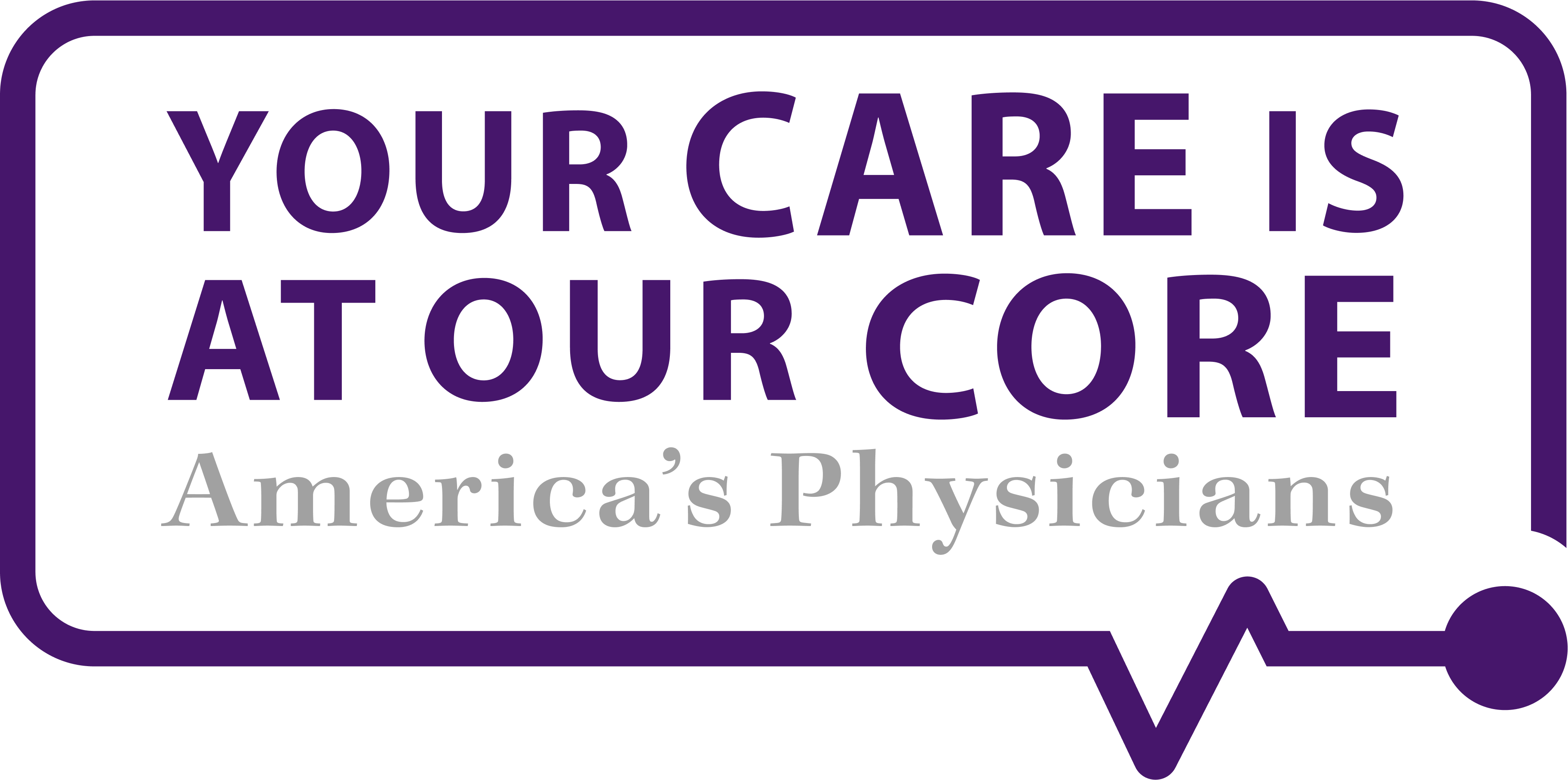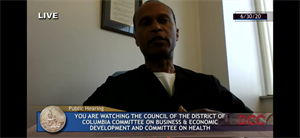Get Involved

Learn more about our Your Care Is At Our Core Campaign to support the physician-patient bond.

Interested in learning more about MSDC's advocacy efforts, or getting more involved in advocating for your profession? Contact our office to learn more or complete the form below!
The Medical Society represents the physicians and patients of the District of Columbia in discussions with the Council of DC, the DC Departments of Health and Behavioral Health, the DC Boards of Medicine and Pharmacy, plus other members of the medical community.
The District has a different process for passing laws than the federal government. See "How a (DC) Bill Becomes a Law" for an overview of DC's policy-making process.
Keep track of upcoming advocacy events and hearing. Bookmark the MSDC calendar (found here) to see upcoming hearings and how you can testify. Or just contact MSDC/fill out the form below!
Health Care Legislation in the DC Council
Keep track of the bills moving through the Council that MSDC is following. View our online tracking sheet here.
Advocacy Curriculum Articles
Advocacy Curriculum: How a Bill Becomes a Law
An important part of successfully fighting for your cause is knowing how your issue becomes law. If you have watched the federal gridlock over the past few years, you may think that an idea becoming law is a long, arduous, and impossible process. Local DC government can be quite the opposite although the process still has numerous steps where your bill can be tripped up.
Before going any further, the District website has an excellent primer on the legislative process. If you want a succinct source on this subject, bookmark this page. What follows builds on the Council’s description of its process and adds real-life perspective.
A bill is introduced. Every bill is filed with the Secretary of the Council by a Councilmember. Prior to filing, a Councilmember may seek co-introducers who names appear atop the bill. After the bill is introduced, the bill may be cosponsored by Councilmembers during the legislative meeting.
In a twist, while a Councilmember files a bill, the Mayor and “charter independent agencies” may introduce bills before the Council. Their bills are introduced through the Chair of the Council. You will frequently see this when the Mayor nominates someone to a Board, or an agency has a priority or fix it wants the Council to address. See examples here and here.
The bill is assigned to a committee. Each bill, once introduced, is assigned to a committee. The Chair of the Council makes the assignments. If you watch a Council legislative meeting, you will hear the Chair announce assignments once the introducer speaks to a bill. The Chair basis the assignment on the bill’s content, action desired, and area of concern.
Some bills are straightforward – for example, a bill to require DC Health to create materials on newborn hearing screening would go to the Committee on Health. What if a bill requires a change in the health insurance industry, such as banning prior authorization? The Chair could assign it to the Committee on Business and Economic Development (which oversees private health insurance), assign to the Committee on Business and Economic Development AND Health, or assign it to one with “comments” from the other. This is an important process because a bill cannot become law without advancing from a committee. Passing one committee can be tough, and two is much tougher especially if the bill is controversial.
A prime example was a bill that permitted sunscreen to be brought and applied in schools. MSDC supported this bill but the bill was assigned to the Committee on Education because the language changed public school policy. The Committee on Education could not get enough momentum to hold a hearing and pass the bill, so it stayed stuck in committee for multiple Council periods.
The bill has a hearing and markup. If a bill has momentum, it has a hearing and a markup. A hearing is an opportunity for the public and government to weigh in on a bill, suggest changes, support, or oppose the bill. We wrote about how you can testify at such a hearing here.
After a hearing, a committee can have a markup and report the bill from the committee. The markup involves a public committee meeting, the opportunity for committee members to introduce amendments, and a vote to pass the bill to the whole Council. Each bill that passes receives a committee write-up, which is a thorough summary of the bill, testimony, amendments (if any), and impact on DC law. Here is an example of a committee report.
Council consideration. When a committee reports out a bill, the next step is on the Committee of the Whole agenda. The “COW” is a committee composed of the entire Council to consider legislation. If the COW approves the inclusion of the bill on the Council agenda, it is considered at a future Council legislative meeting. A noncontroversial bill may be placed on the consent agenda and those bills are approved en bloc. If the bill is approved at this meeting, it goes on the agenda at the next legislative meeting. During either legislative meeting, the bill may be amended and can be discussed at the discretion of the Chair. If the bill receives a majority of votes for approval in both meetings, it goes to the Mayor.
Mayoral review. The Mayor has three options when a bill is transmitted. The Mayor can sign the bill and the bill moves to the next step. The Mayor can not sign the bill and it moves to the next step. The Mayor can also veto the legislation. If the Mayor vetoes the bill, the Council may overturn the veto with a 2/3rds vote of Councilmembers at a legislative meeting. Once a bill moves past this step, it is assigned an “Act” number, i.e., the B24-111 becomes A24-1.
Final step – Congress has a say. Once the District government has its say, Congress gets its say. This is part of the whole “taxation without representation” debate and why bills take so long to go into effect. Any approved Act goes to the Congress for a review period of 30 days. This is Congress’s chance to sink a bill before it goes into effect. This rarely happens because both Congressional chambers must pass a joint resolution of disapproval, and the President must sign the resolution. Inevitably this leads to a long, unnecessary delay for a new policy to go into effect while Congress ignores a DC law, or a handful of members use a District law to raise their political profile.
Next month, we will discuss “special situations”.

Leave a comment